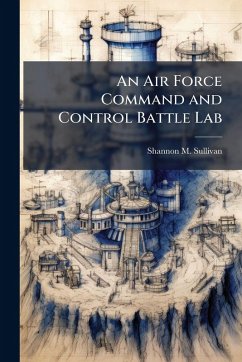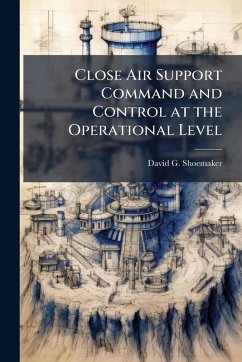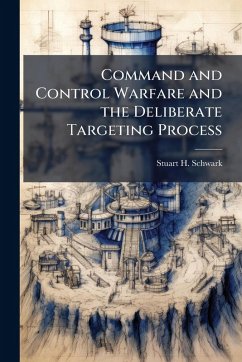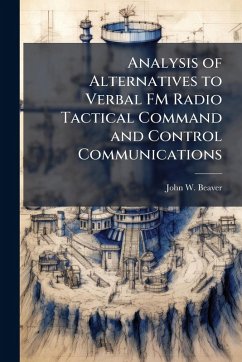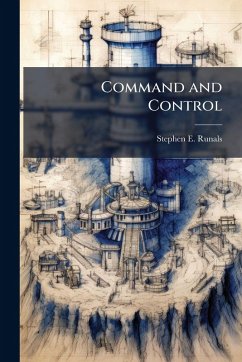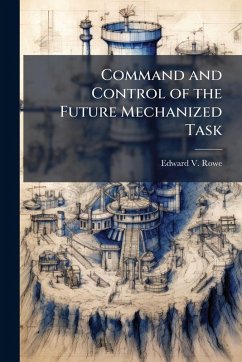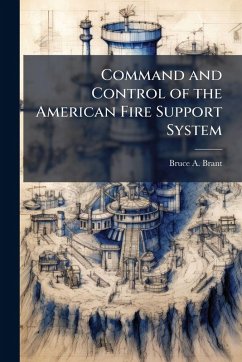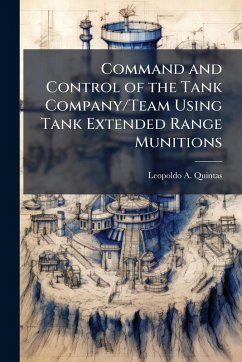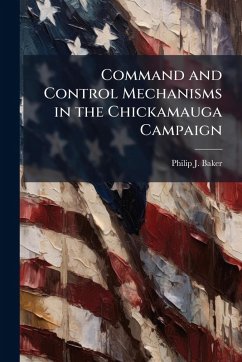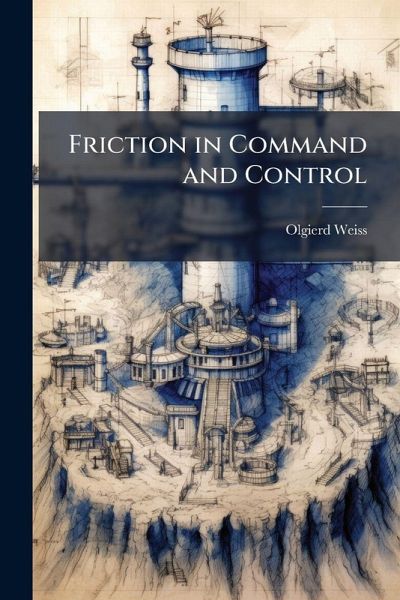
Friction in Command and Control

PAYBACK Punkte
9 °P sammeln!
This study asks how Airmen and Marines can set aside their differences regarding command and control of airpower, and integrate their forces to accomplish assigned missions. It opens with an in-depth analysis of the command and control doctrine of each service, breaking down the concepts and terminology that Airmen and Marines use to describe command, control, and execution, revealing where they differ, or share common views. This sets the stage for a disciplined analysis of the differences between Air Force and Marine Corps command and control doctrine, using Barry Posen's organizational pers...
This study asks how Airmen and Marines can set aside their differences regarding command and control of airpower, and integrate their forces to accomplish assigned missions. It opens with an in-depth analysis of the command and control doctrine of each service, breaking down the concepts and terminology that Airmen and Marines use to describe command, control, and execution, revealing where they differ, or share common views. This sets the stage for a disciplined analysis of the differences between Air Force and Marine Corps command and control doctrine, using Barry Posen's organizational perspective; referencing the three significant causal forces of purpose, people, and environment. The analysis begins with delineation of each service's roles and missions -- its purpose. It continues with a historical analysis of the operational experiences and cognitive development of doctrine and concepts, as influenced by the people that form each service and the environment in which they operate. Beginning in World War I and ending with Operation Desert Storm, the analysis summarizes how each service developed their concepts of airpower. This work has been selected by scholars as being culturally important, and is part of the knowledge base of civilization as we know it. This work was reproduced from the original artifact, and remains as true to the original work as possible. Therefore, you will see the original copyright references, library stamps (as most of these works have been housed in our most important libraries around the world), and other notations in the work. This work is in the public domain in the United States of America, and possibly other nations. Within the United States, you may freely copy and distribute this work, as no entity (individual or corporate) has a copyright on the body of the work. As a reproduction of a historical artifact, this work may contain missing or blurred pages, poor pictures, errant marks, etc. Scholars believe, and we concur, that this work is important enough to be preserved, reproduced, and made generally available to the public. We appreciate your support of the preservation process, and thank you for being an important part of keeping this knowledge alive and relevant.



